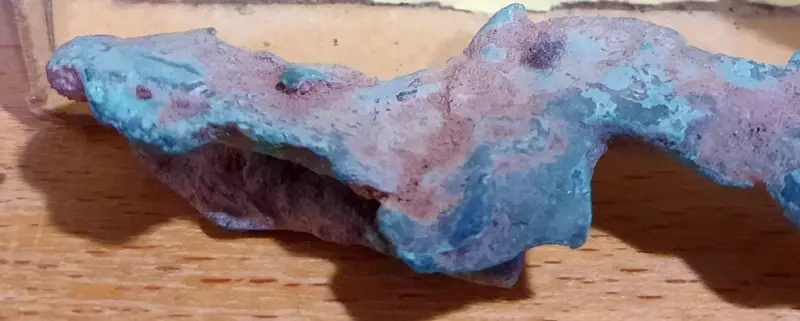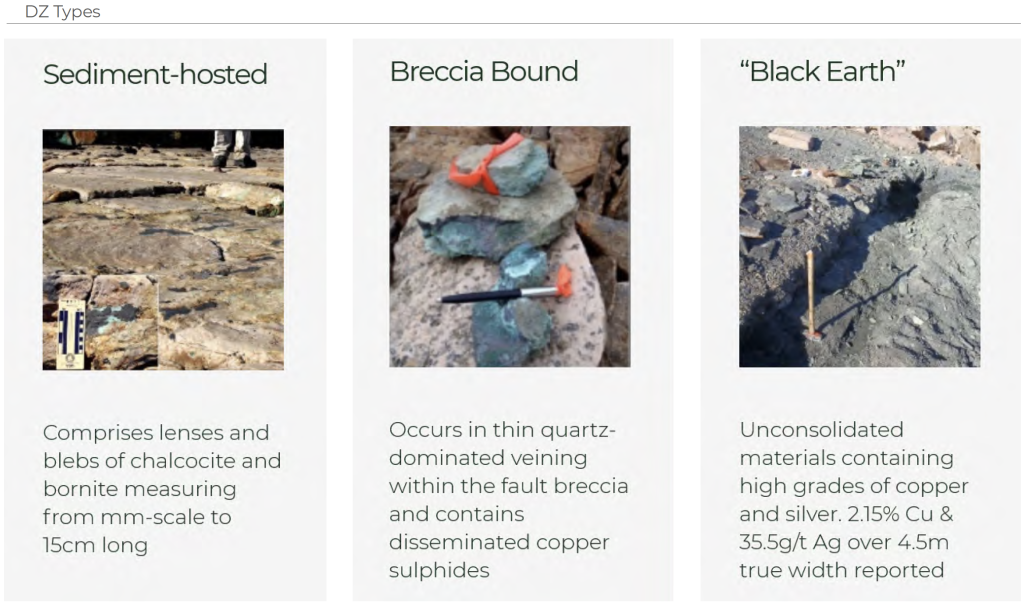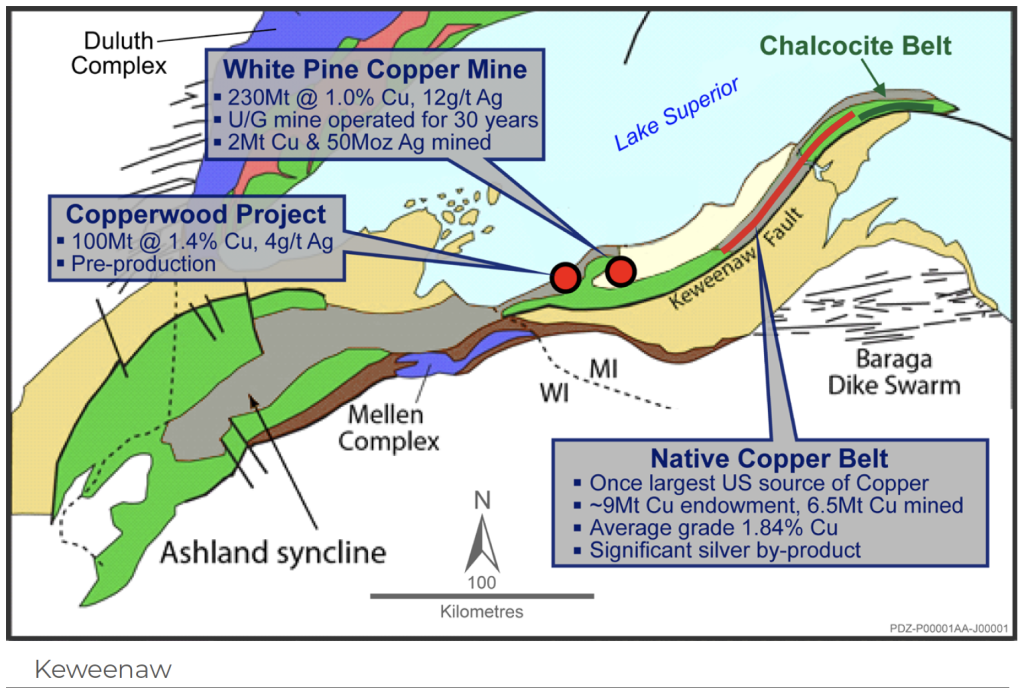
THIS IS AN ADVERTISING PROMOTION
Simply, there is no decarbonisation without copper. Copper is the most cost-effective conductive material while boasting all the necessary physical attributes for capturing, storing, and transporting all sources of non-renewable and renewable energy - whether used to power an electric car or light an eco-city.
GreenX Metals (GRX) intends to create long-term shareholder value by focusing on the exploration and development of sustainable clean-tech metal resources needed for our modern, lower carbon world in which copper will be vital.
ARC - MASSIVE POTENTIAL YET VIRTUALLY UNEXPLORED
In October 2021, GreenX Metals entered into an Earn-In Agreement to acquire an 80% interest in the Arctic Rift Copper Project (ARC) in Greenland. GreenX will be exploring the project alongside its partner Greenfields Exploration and will earn its 80% by spending A$10 million (around £5.5 million) over five years.
ARC is a new, significant, large-scale copper exploration project in north-eastern Greenland.
Limited but detailed historical exploration results exist and are indicative of an extensive mineral system which we believe has the potential to host multiple significant copper deposits.
ARC offers world-class potential with indications of a mineral system known to be prospective for basalt, fault, and sedimentary rock-hosted copper mineralisation however, it remains virtually unexplored.
Widespread copper has been found at surface with 80% of stream sediment samples containing native copper including copper “nuggets” / clasts weighing up to 1kg+ each.
As well as the native copper, high grade copper sulphides in breccias and sediments have been assayed with results across ARC including 53.8% Cu & 2,480 g/t Ag and 20.7% CU & 488 g/t Ag.
ARC is GreenX Metals’ first entry into the clean-tech metals arena at a time when global focus is on lowering emissions.
MINIK ANOMALY IS KEY FOCUS OF FIRST FIELD CAMPAIGN
Within ARC, is an area defined as the Minik Anomaly covering 640 square kilometres with near-term discovery potential for multiple copper deposits. Very high-grade copper mineralisation has been identified at the Minik Anomaly, a coincident magnetic-electromagnetic-gravity feature in an area where there is a change in oxidation state and widespread copper mineralisation at surface.
These features are presented as the footprint of a large-scale mineralised system. The frequency and size of native copper clasts and high grade of the copper-silver sulphides that are exposed at the surface, signify the potential for world-class discovery.
Within the Minik Anomaly lies the most advanced prospect within ARC which is the copper-silver bearing Discovery Zone located at the northern end of Neergaard Dal.
The Discovery Zone is comprised of at least three parallel breccia faults trending northwest-southeast, with the furthest faults being around 2km apart. The faults are traced for a minimum of 2km along strike before they disappear underneath moraine. The Discovery Zone is open in both directions.
The mineralisation is expressed in two main forms, within which there are two sub-forms:
Breccia Bound mineralisation occurs in thin quartz-dominated veining within the fault breccia and contains disseminated copper sulphides. Assays from this material grades up to 53.8%
Cu and 2,480g/t Ag. Within the breccia-bound mineralisation are intensely potassic, unconsolidated materials known as ‘Black Earth’. The Black Earth material contains high grades of copper and silver, with reported true widths of 4.5m grading 2.15% Cu and 35.5g/t Ag.
Stratiform (Sediment Hosted) mineralisation occurs immediately adjacent to the faults and comprises lenses and blebs of chalcocite and bornite measuring from mm-scale to 15cm long.
ARC IS UNIQUE TODAY BUT HAS HISTORICAL ANALOGUES
ARC hosts both copper sulphides and native copper in basalts which makes it unique compared to most copper deposits around the world today. However, it is highly analogous to the historically prolific Keweenaw Peninsula, the northernmost part of the Michigan’s Upper Peninsula, United States which hosted the White Pine Copper Mine and Native Copper Belt and had a combined pre-mining copper endowment of some 16Mt.
The Native Copper Belt was once the largest source of copper for the US with 6.5 million tonnes of copper mined from the 1840s to the early 1900s. The White Pine Copper Mine operated for 30 years during which 2 million tonnes of copper and 50 million ounces of silver were mined. The significant scale of copper occurrence made the Keweenaw Peninsula the site of the first copper boom in the US, leading to its moniker of “Copper Country”.
LOOKING AHEAD TO 2022 FOR GREENX
GreenX has agreed an innovative exploration plan which is designed to create near-term value for investors using low environmental impact methods. The company will reanalyse 311 historical samples using comprehensive modern analysis methods and widespread geochem sampling campaign using handheld core drilling and ground geophysical surveys using modern prospect generation techniques will take place. Low cost, high impact exploration technology deployed by a highly skilled team will be key to unlocking Greenland’s mineral potential safely and respectfully.
GreenX Metals is listed on the London Stock Exchange Standard Listing, the Australian Stock Exchange and is well funded for 2022’s exploration program.
DISCLAIMER: This article was written by GreenX Metals and published by Shares under a commercial agreement. It is not a recommendation to buy or sell the shares. The article originally appeared in Shares’ Spotlight report on 23 December 2021.








